BYD is the world’s largest electric vehicle maker. It produced 20% of the 10 million EVs sold globally last year, compared with 13% from Tesla, 9% from Volkswagen, and 6% from General Motors.
It’s also the dominant brand in the world’s biggest and fastest-growing car market, at a time when the global industry is starting to go through a major upheaval as it electrifies.
As a result, BYD is potentially well-placed to lead the market, having produced EVs at scale for years in both its home market and in commercial applications, and having built up a deep brand awareness in China.
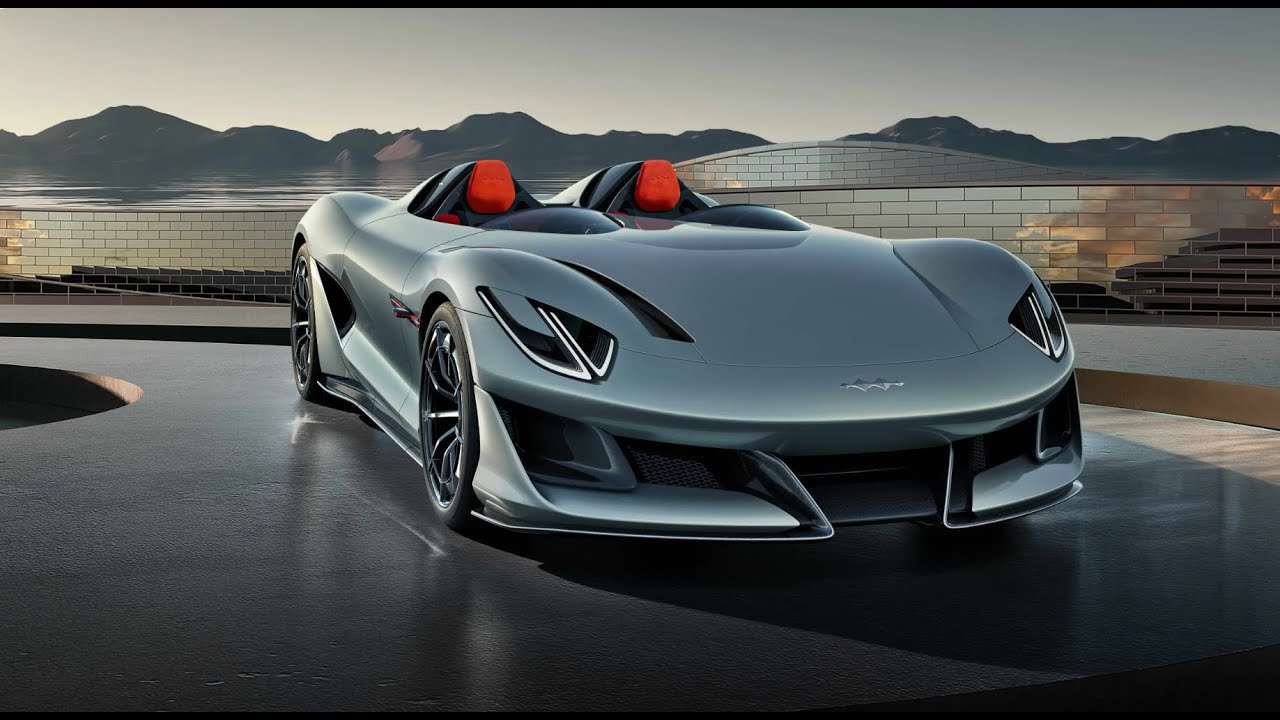
China’s electric vehicle industry has experienced explosive growth in recent years, attracting global attention with major advances in technology and design. Among the leading Chinese EV manufacturers is BYD, which has consistently rolled out impressive vehicles that challenge incumbents from Europe and Japan.
Back in 2010, many would have been amazed to ride in one of the very first capacious public transport buses using supercapacitors, doing the rounds of the Shanghai World Expo – they were built by BYD, and could carry 50 people at a time.
BYD is effectively an industrial conglomerate of considerable scale, set up with the express purpose of spearheading the electrification of a nation of 1.5 billion people, so it’s no coincidence that its subsidiaries also make smartphones and electronics, as well as all manner of smart mobility products.
As a result, pundits have predicted that BYD will soon be offering highly competitive non-commercial EVs of all kinds.
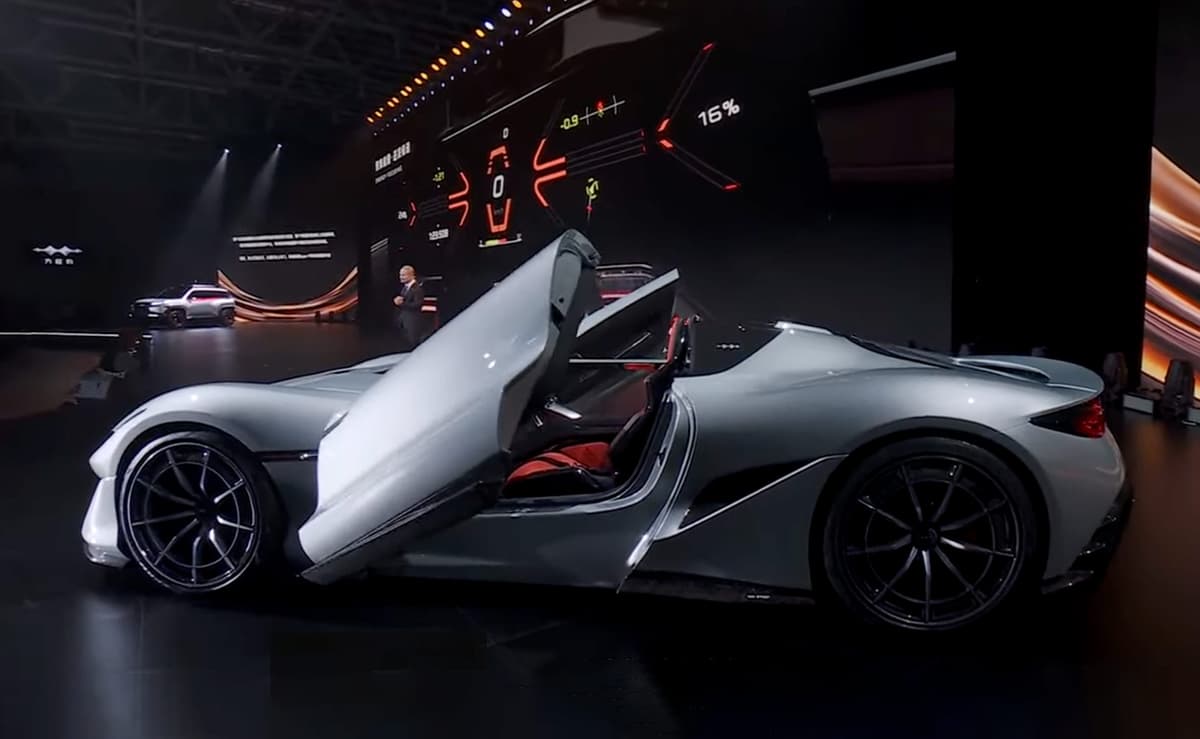
The luxury electric sedan is said to compete with rivals like the Mercedes-Benz EQS and Tesla Model S, with the Super 9 attracting attention thanks to its sleek design, opulent interior and impressive performance.
High among these is likely to be the BYD Super 9. The Super 9 concept is another sign China is getting serious about luxury supercars, in the same way it has already cornered the market for budget EVs.

The Super 9 looks sleek and futuristic with its long bonnet and snub tail. Replacing the sealed-off grille common to electric cars is a full-width LED light bar that stretches across the front, creating an arresting focal point. The body has been sculpted with aerodynamics in mind, giving it a muscular and sporty stance. At the rear, the slimline LED taillights complete the Super 9’s overall look of luxury and class.
Fang Cheng Bao is the premium car brand that BYD is developing. So far, it has focused on electric SUVs, with the Bao 5 (Leopard 5) PHEV being the only production model it has released so far. The company has previously shown off two other SUV concepts (the Leoster 3 and Leopard 8), so the addition of a convertible supercar concept – the Super 9 – could be an indication that it intends to eventually field two or more distinct ranges.
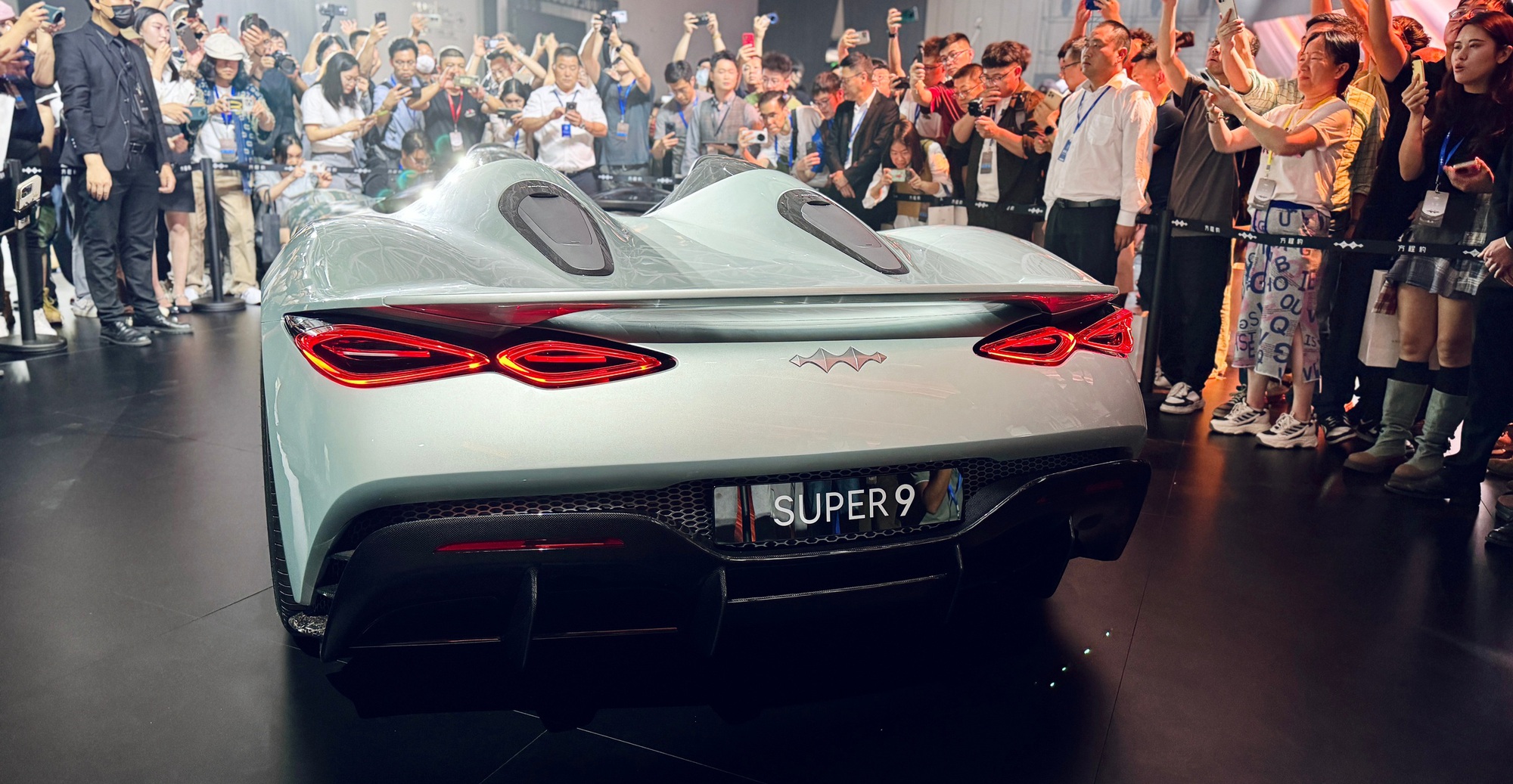
At the rear, the Super 9 features a pair of Fang Cheng Bao logo-shaped taillights and a bridge-style rear spoiler. On the side, you’ll notice the number 30, signifying the 30th anniversary of BYD’s founding. Super 9 is equipped with a range of advanced technologies, including advanced driver assistance systems (ADAS), blind spot monitoring, and forward collision warning. These safety features ensure maximum safety for the driver and passengers.
According to Newatlas, the production version will be known as the Bao 9, and unlike the plug-in hybrid Leopard 5, it will be a pure electric, it is believed.
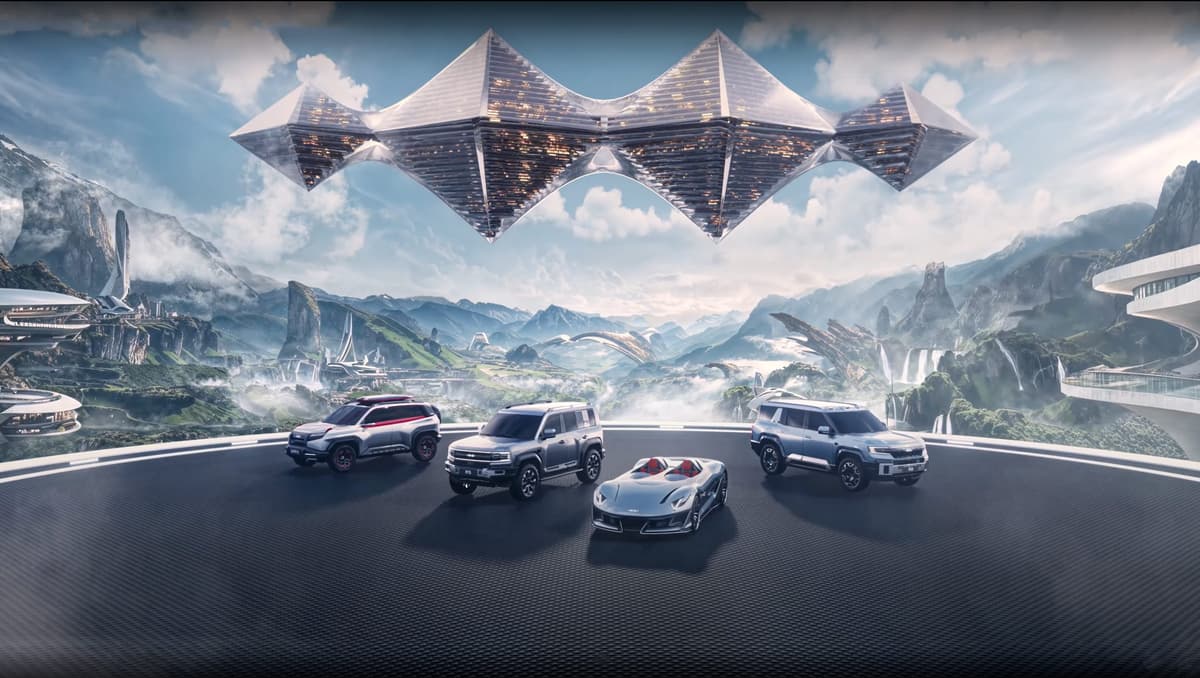
Fang Cheng Bao is a third, more recent string to BYD’s car-making bow, having been launched mid last year. It’s positioned below the YangWang brand and above its Denza sub-brand. BYD is taking a different retail approach with its new brands, replacing the traditional dealership model with a direct sales approach. BYD built 70 Fang Cheng Bao stores across China in 2023, and wants to up that figure to 150 in 2024. The Shenzhen-based company has a habit of taking over the showrooms and stores of established premium brands such as BMW, Mercedes-Benz and Aston Martin.
It will be a two-seater with scissor doors, separated by a thick center console housing a carbon-fiber driver’s seat and a similar seat for the passenger. The Formula 1-style cockpit has a steering yoke with additional buttons and controls flanking it and below it on the center console.
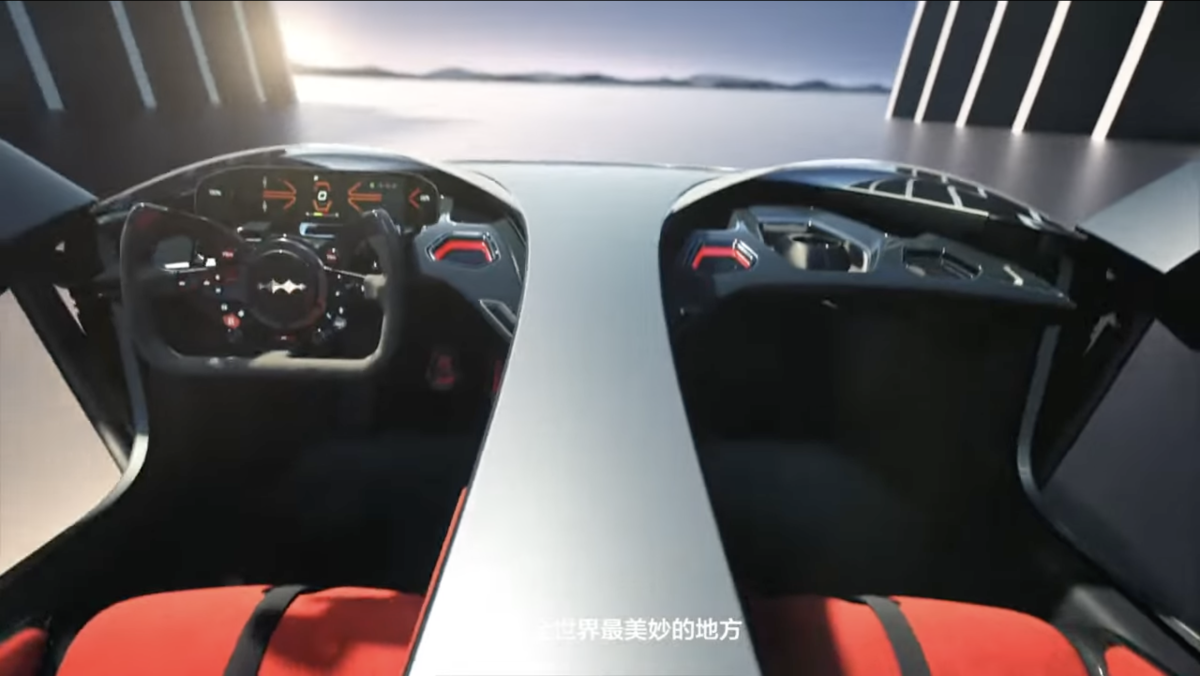
The chassis is made of carbon fiber, helping to reduce weight – although it will still pack a heavy battery pack.
Unusually, the car will have neither a roof nor a windscreen as such, instead using small windshields in front of each seat to direct airflow over the head as you drive.






































